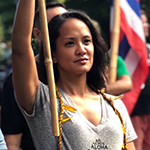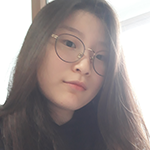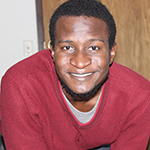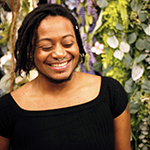Violent Reverse
Side ladder. I can tell you where to find it. For this you give can’t. You bottom seaweed attached by threats. Trickle lice. Sea microscopic bed. Step on barnacle bottom. Disturb it on your way over. The alive barely flaps: marlin or mackerel. A long-billed fish. Sometime before a rescue appears a boat. You don’t even know you’re in distress. By board a beak rises. The sun. A new turtle with write to nothing. Its secret. The problem. So you have this describe to want. You have the strength don’t you. The night at hotels from artificial light. Follow their lead. The off wears drive them mad. And the problem is join them will get you wetter. And the problem is your alongside. And the problem is the sea turtles are. Watch. Nothing can hold water. And the problem is you are calm and domestic. And in water. And the problem. Feels everything. Bay at the mouth in anchored boats. The top of the island. Itself releases river. Where you tell me where to land.
Points of Entry
Not a river into the ocean but
a river wrapping around always on the brink
forgetting through slots in the dam where I went clinging to loose wood on the first warm day
What I mean is in another language I am learning from you
You two months in detention two months inside and yard time is flagged so you stay walk the halls work the kitchen a little see I understand enough to tell you I am trying
in my bedroom on the other end of the phone
my passport in the drawer in the wallet ICE listens I’m told they are listening
to us dream and this fucking system my dad swears from his not even flip phone
older that if he were here
back in America he’d get a gun but he can’t
And that can’t is loaded
So he burns sage and waits for the warmest time of day to shower
and even though
he answers he never tries
The phone rings and it’s 866 and I no longer need the detention call script
the only objects are prayer candles and a wooden cross
decorated with Milagros
In bed she asks me to remember
not hunger
but backs
His mandolin
90% of Americans living in Mexico—
He fixes guitars for half price
and tells me not to worry but
he can’t remember why he left
or maybe I remember too well
parts of me break at anytime
and I am slowly in my bedroom
And it’s not lost on me
as I step into a warm shower close a door
There are things far worse than the things that have taken me years to remember
and even longer to speak of
I am forcing them out of you
in a crowded clinic in a discrete building by the bridge
calling the interrogation CFI prep
You whisper
I take notes and put them in a folder
check the boxes and have you sign a form in english that says you know I’m not a lawyer
A deck of cards
Things you will have confiscated
Books purchased from amazon only
and sent to you directly
after you’ve filled out the proper paperwork spelled the title correctly
a torn piece of river
your arm committed to every number
a parole packet
an affidavit signed and notarized
all the letters returned to all the senders
every hospital in LA
my dad through the lens a long hallway in a past life
emptying mom’s ashes from box to paper bag on the bed in his motel room
the sea whipping
my mom’s ashes
past the break
crossing
If I could just pronounce how
If I could take passports
any card in the deck
If I could tell you miedo creíble
dar apoyo without
falling
What I want to mean is
the river that lights you
is not just another prayer
but the
door itself
Heather Simon is a California native residing in Brooklyn. She teaches writing and literature at Queens College and Queensborough Community College. Her writing and visual art often converge, and can be found in The Rumpus, Newtown Literary, Blunderbuss Magazine, Ink Brick, Pretty Owl Poetry, Nomadic Sojourns Journal and others. www.inkmonstersink.myportfolio.com
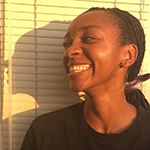

 BACK TO ISSUE
BACK TO ISSUE